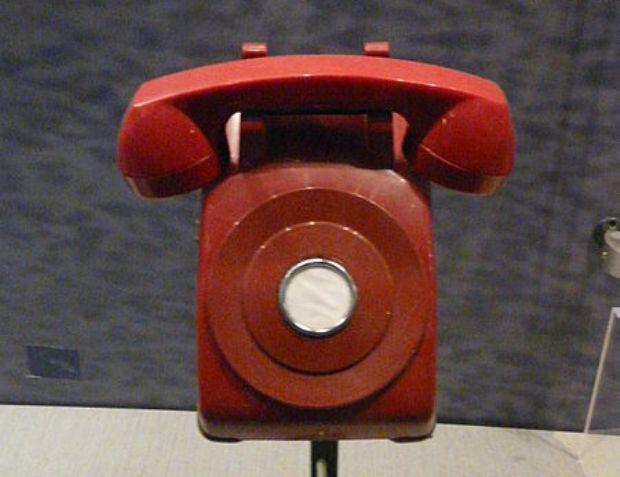North Korea Severs Hotline with South
A red phone on display in the Jimmy Carter Museum. Contrary to popular belief, the Washington-Moscow hotline has never been a phone, but started as a teletype connection. The red phones were for secure instant communication within the United States. (Ph
The hotline between North and South Korea went dead Monday morning.
The North cut it off.
Pyongyang is upset about South Korea’s military exercises with the United States and about new United Nations sanctions, imposed in response to its nuclear program.
So tensions are high, even if no-one is seriously concerned about war breaking out.
But the shutting down of that hotline got us thinking: where are hotlines still in place? And where do they come from?
The first came after the Cuba Missile Crisis, during which communications were terribly slow.
“Even the Russian embassy in Washington needed to get the message through the media,” says Haraldur Ã?ór Egilsson.
Egilsson ‘wrote the book’ on the history of hotlines, or at least had a paper published while he was a student of diplomacy. He’s now director of the Akureyri Museum in Iceland.
The Russians had to send coded messages to Moscow via their local Western Union cable office. The messages were carried there by a bicycle courier.
“Thank God no-one hit him,” says Egilsson.
The hotline between Washington and Moscow was set up to avoid such problems.
But it was not a phone, despite the popular image.
It was a teletype device, to “avoid saying anything off-hand.”
We want to hear your feedback so we can keep improving our website, theworld.org. Please fill out this quick survey and let us know your thoughts (your answers will be anonymous). Thanks for your time!
